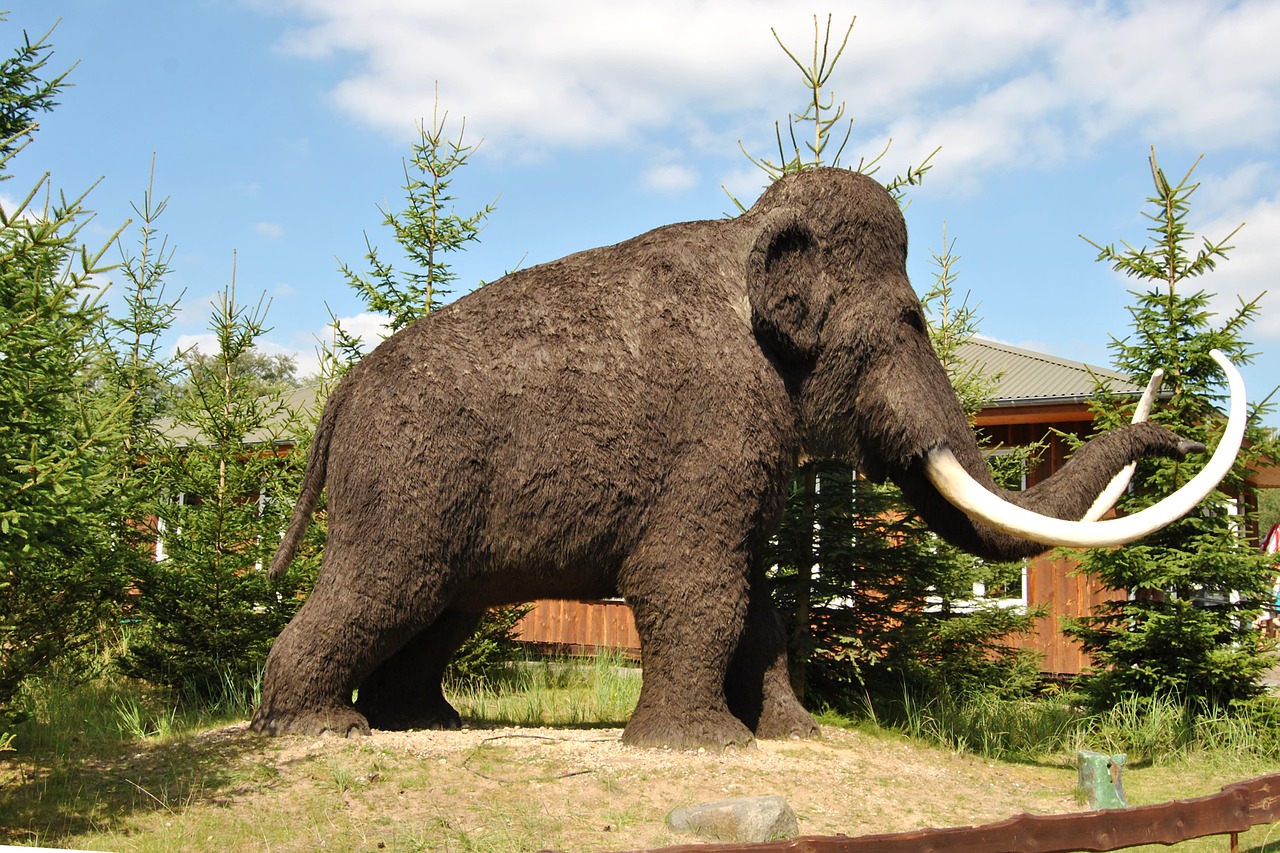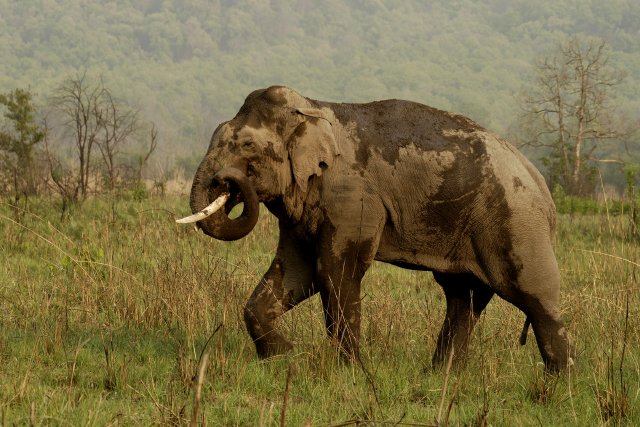Woolly mammoth rebirth could become a reality in the near future
The wait is almost over for all who have been dreaming to see the concept of de-extinction put to the test, the possibility of bringing back the woolly mammoth comes a step closer to reality.
Woolly mammoths could be brought back to life from extinction and placed in a real life ‘Jurassic Park’ kind of habitat in Siberia. A team of distinguished scientists and experts from around the globe have successfully carried out the herculean task of mapping out and cataloging the entire genome of the woolly mammoth.

The act in itself is a giant leap from the mere hypothesis of de-extinction to a possible reality in the near future utilizing the genome catalog. In case the woolly mammoths do come back to life, a 16-square-kilometer isolated reserve in northern Siberia called the Pleistocene Park has even been proposed to be the site of the woolly mammoths’ new home.
For the first step, experts are suggesting that the study published in the Current Biology Journal could help scientists to start their journey towards de-extinction by engineering a super-elephant that could survive extreme and hostile cold environments.
According to Vince Lynch, who is an evolutionary geneticist at the University of Chicago, the current work must be seen as a preamble to the full editing the entire genome of the woolly mammoth.
Lynch, who was also the part of the research team, affirmed that in the future the aim is to successfully resurrect mammoths, perhaps starting by giving an Asian elephant a set of mammoth genes that would enable it to survive the Arctic, very similar to how a prehistoric mammoth would have done.

In a separate experiment earlier this year carried out by a team of experts in the Yakutsk region, researchers hoped to extract parts of the DNA from a set of remains belonging to a mammoth. The DNA was then to be used for cloning experiments.
The remains were discovered two years earlier in a perfectly preserved condition in the Sakha Republic permafrost regions. These remains were believed to have been frozen for about 30,000 years.
Earlier projects to clone the woolly mammoth tragically failed. However now hopes have risen again for the resurrection of the hairy beast following the latest research conducted by the Swedish Museum of Natural History in Stockholm. A team of international experts have managed to catalog the DNA from two woolly mammoths and three Asian elephants for their on-going research.

To a layman, there may be a lot of similarities between the two species. However, experts found that there were 1.4 million DNA letters that were different in the genome of elephants and mammoths. This led the experts to the core traits of the woolly mammoths that contributed to the giants’ survival in the cold.
The data collected during the research revealed some of the most vital information regarding the proteins and dozens of other genes specific to hair development and skin, metabolism, fat storage, temperature sensation and many other aspects of biology that are crucial and highly relevant to life in the extreme cold of the Arctic.





